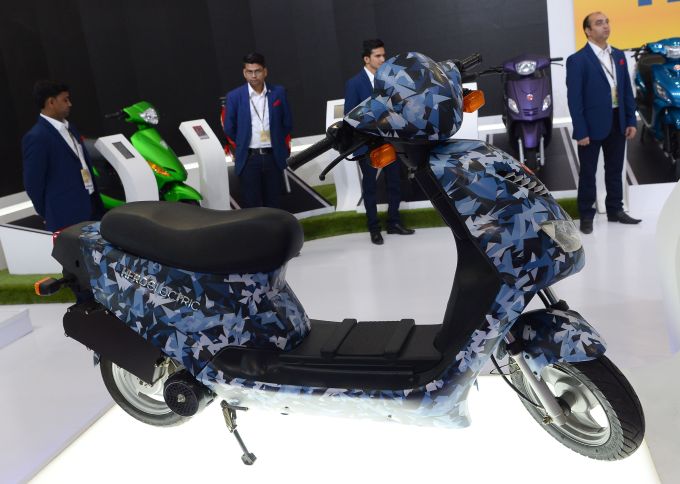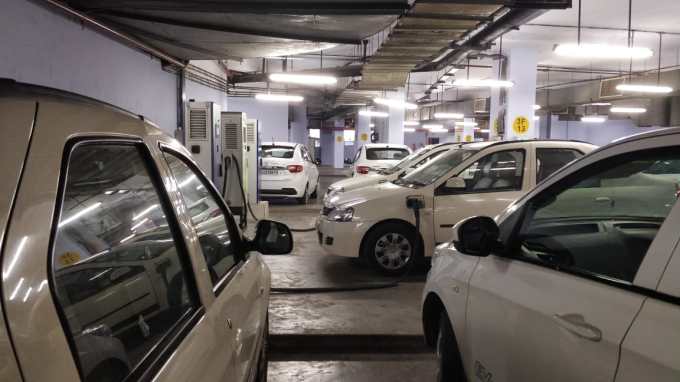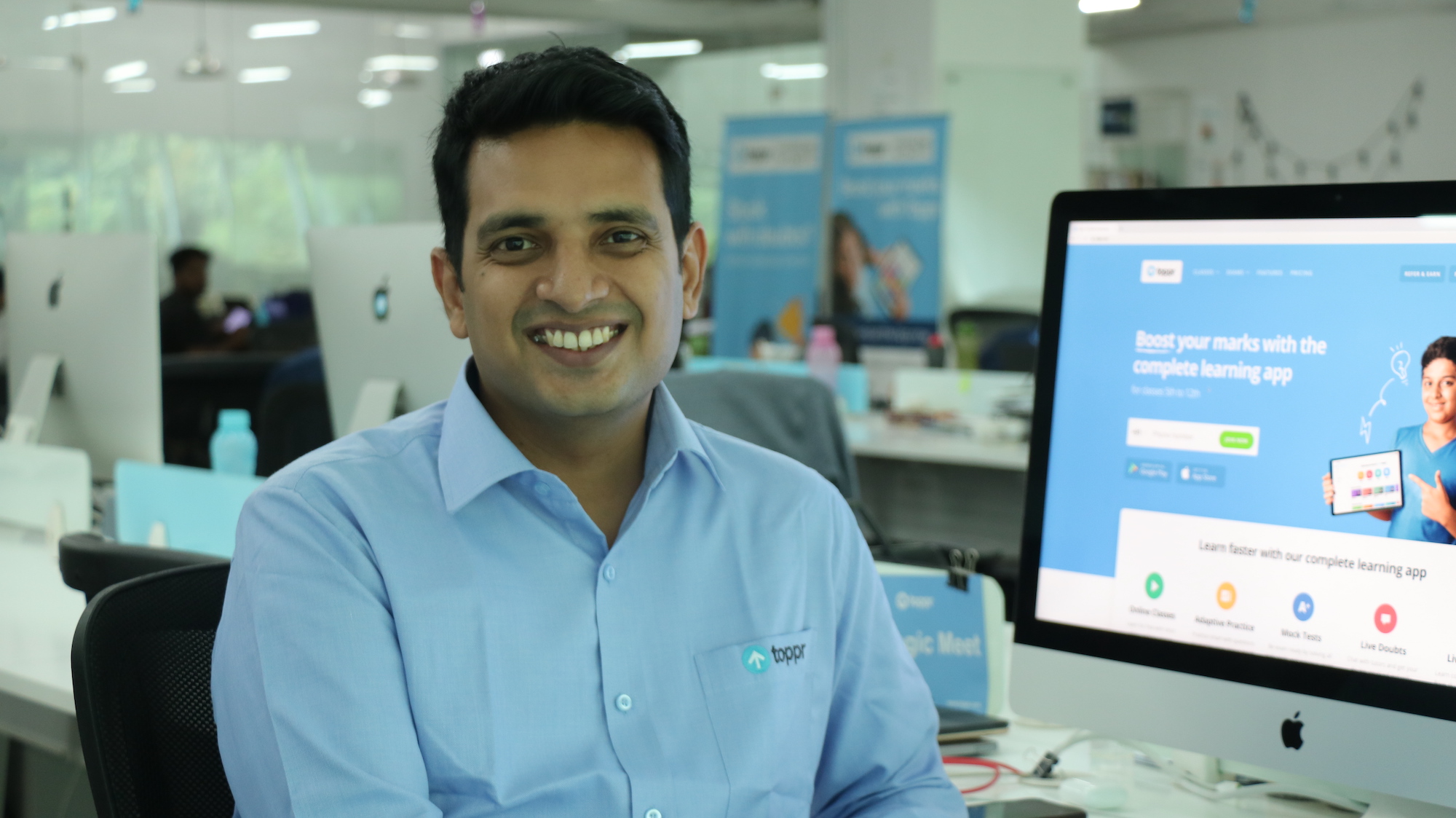
Hevo founders Manish Jethani and Sourabh Agarwal
According to data pipeline startup Hevo, many small- to medium-sized companies juggle more than 40 different applications to manage sales, marketing, finance, customer support and other operations. All of these applications are important sources of data that can be analyzed to improve a company’s performance. That data often remains separate, however, making it difficult for different teams to collaborate.
Hevo enables its clients’ employees to integrate data from more than 150 different sources, including enterprise software from Salesforce and Oracle, even if they don’t have any technical experience. The company announced today that it has raised an $8 million Series A round led by Singapore-based venture capital firm Qualgro and Lachy Groom, a former executive at payments company Stripe.
The round, which brings Hevo’s total raised so far to $12 million, also included participation from returning investors Chiratae Ventures and Sequoia Capital India’s early-stage startup program Surge. The company was first covered by TechCrunch when it raised seed funding in 2017.
Hevo’s Series A will be used to increase the number of integrations available on its platform, and hire sales and marketing teams in more countries, including the United States and Singapore. The company currently has clients in 16 markets, including the U.S., India, France, Australia and Hong Kong, and counts payments company Marqeta among its customers.
In a statement, Puneet Bysani, tech lead manager at Marqeta, said, “Hevo saved us many engineering hours, and our data teams could focus on creating meaningful KPIs that add value to Marqeta’s business. With Hevo’s pre-built connectors, we were able to get data from many sources into Redshift and Snowflake very quickly.”
Based in Bangalore and San Francisco, Hevo was founded in 2017 by chief executive officer Manish Jethani and chief technology officer Sourabh Agarwal. The two previously launched SpoonJoy, a food delivery startup that was acquired by Grofers, one of India’s largest online grocery delivery services, in 2015. Jethani and Agarwal spent a year working at Grofers before leaving to start Hevo.
Hevo originated in the challenges Jethani and Agarwal faced while developing tech for SpoonJoy’s order and delivery system.
“All of our team members would come to us and say, ‘hey, we want to look at these metrics,’ or we would ask our teams questions if something wasn’t working. Oftentimes, they would not have the data available to answer those questions,” Jethani told TechCrunch.
Then at Grofers, Jethani and Agarwal realized that even large companies face the same challenges. They decided to work on a solution to allow companies to quickly integrate data sources.
For example, a marketing team at a e-commerce company might have data about its advertising on social media platforms, and how much traffic campaigns bring to their website or app. But they might not have access to data about how many of those visitors actually make purchases, or if they become repeat customers. By building a data pipeline with Hevo, they can bring all that information together.
Hevo is designed to serve all sectors, including e-commerce, healthcare and finance. In order to use it, companies sign up for Hevo’s services on its website and employees enter their credentials for software supported by the platform. Then Hevo automatically extracts and organizes the data from those sources and prepares it for cloud-based data warehouses, such as Amazon Redshift and Snowflake. A user dashboard allows companies to customize integrations or hide sensitive data.
Hevo is among a roster of “no code, low code” startups that have recently raised venture capital funding for building tools that enable non-developers to add features to their existing software. The founders say its most direct competitor is Fivetran, an Oakland, California-based company that also builds pipelines to move data to warehouses and prepare it for analysis.
Jethani said Hevo differentiates by “optimizing our product for non-technical users.”
“The number of companies who need to use data is very high and there is not enough talent available in the market. Even if it is available, it is very competitive and expensive to hire that engineering talent because big companies like Google and Amazon are also competing for the same talent,” he added. “So we felt that there has to be some democratization of who can use this technology.”
Hevo also focuses on integrating data in real-time, which is especially important for companies that provide on-demand deliveries or services. During the COVID-19 pandemic, Jethani says e-commerce clients have used Hevo to manage an influx in orders as people under stay-at-home orders purchase more items online. Companies are also relying on Hevo to help organize and manage data as their employees continue to work remotely.
In a statement about the funding, Qualgro managing partner Heang Chhor said, “Hevo provides a truly innovative solution for extracting and transforming data across multiple data sources–in real time with full automation. This helps enterprises to fully capture the benefit of data flowing though the many databases and software they currently use. Hevo’s founders are the type of globally-minded entrepreneurs that we like to support.”







